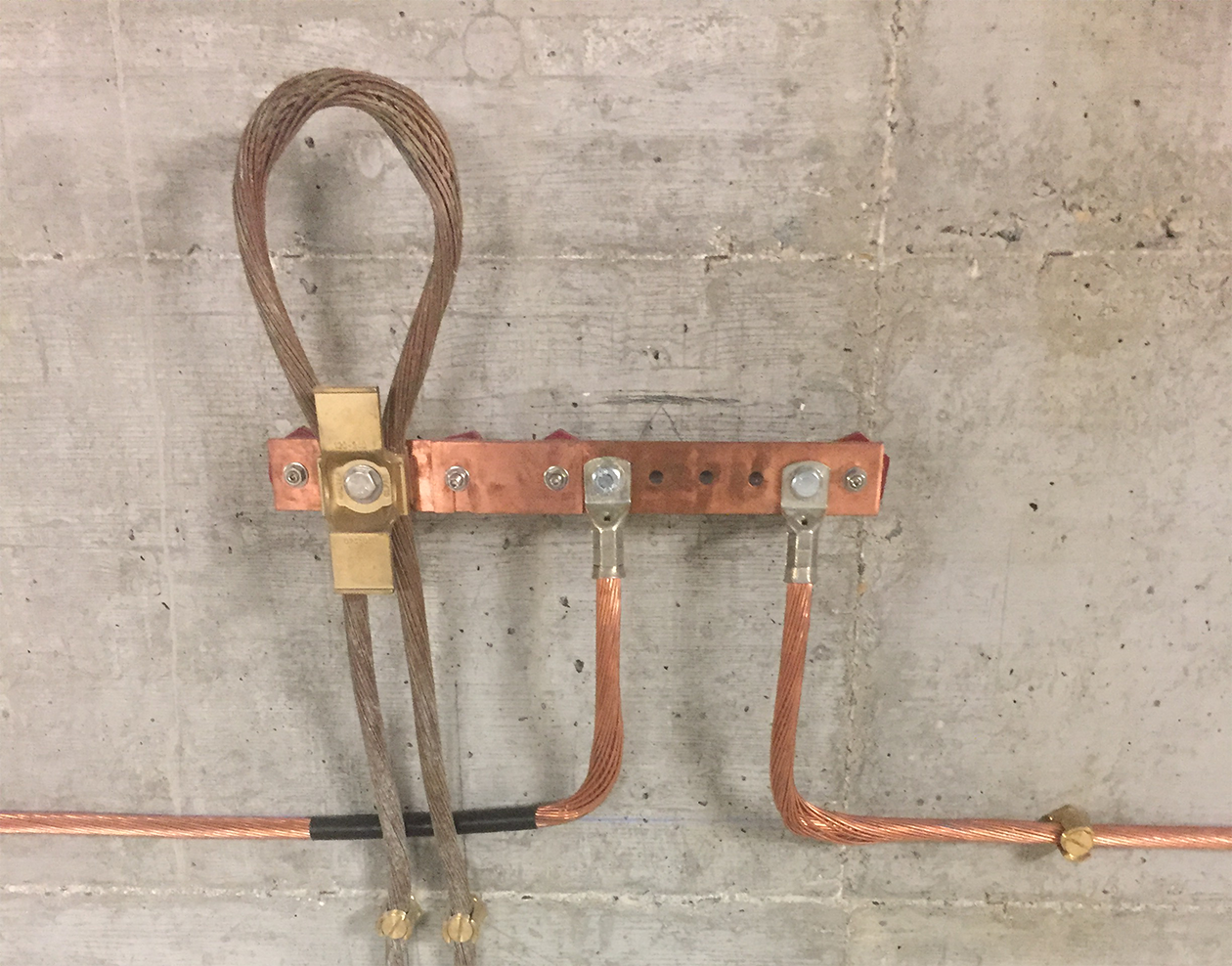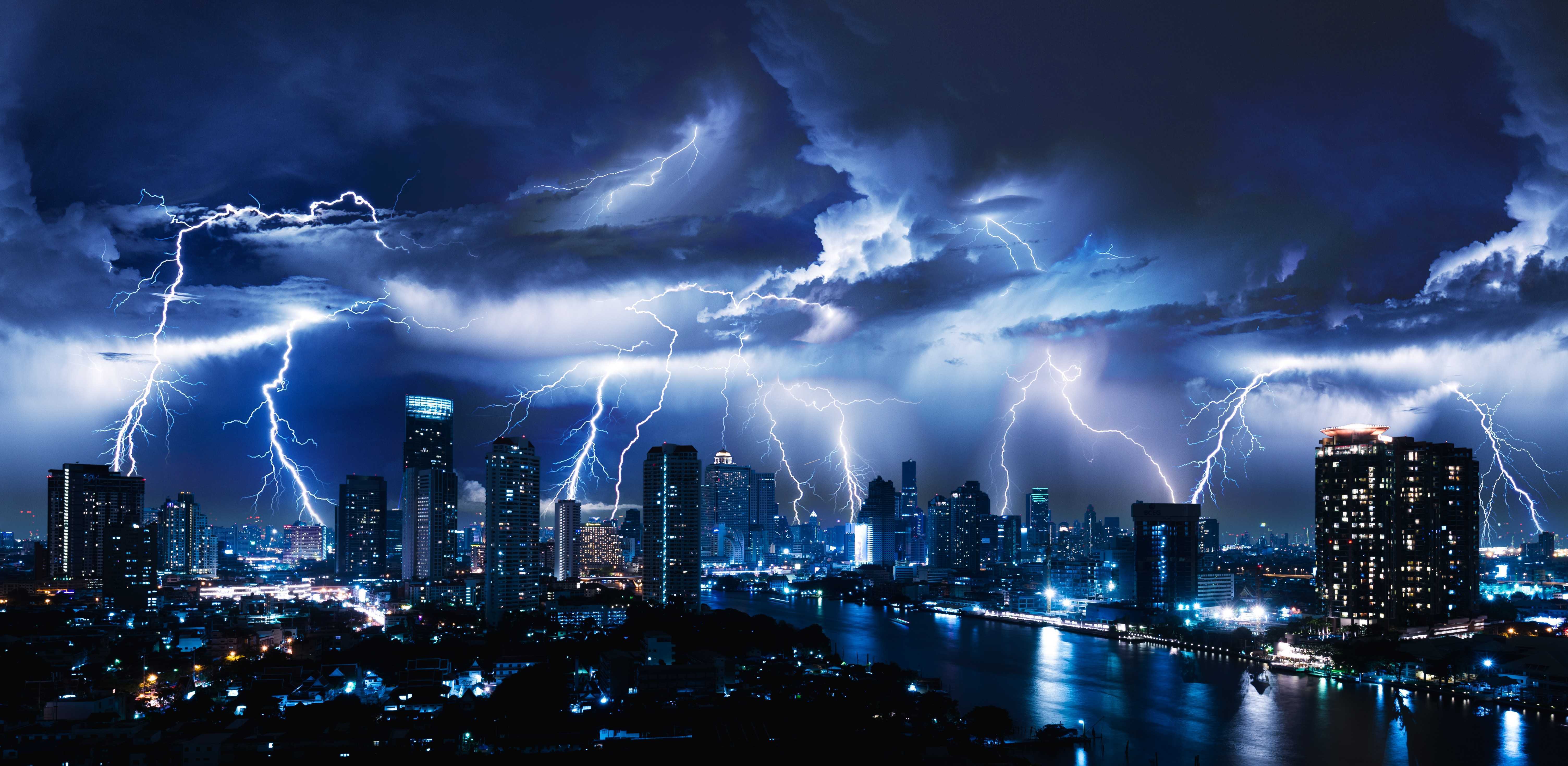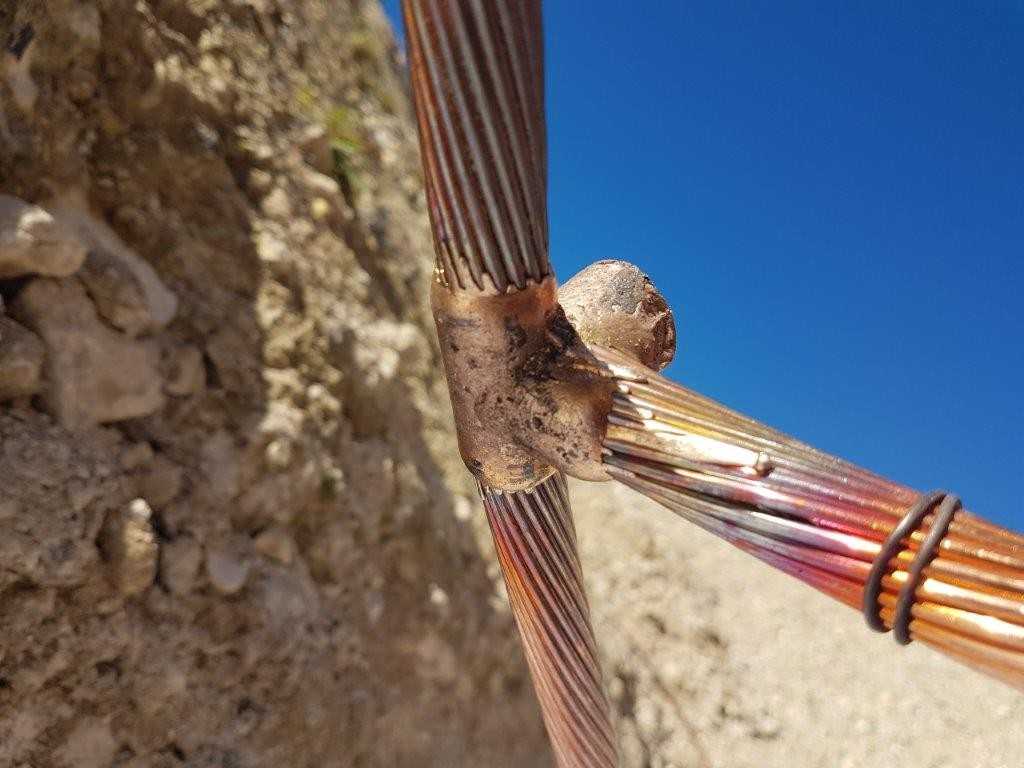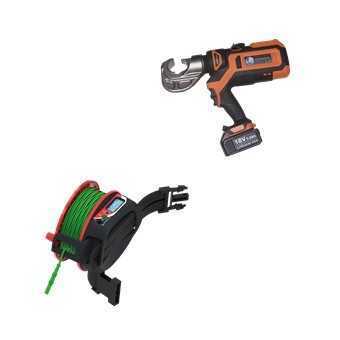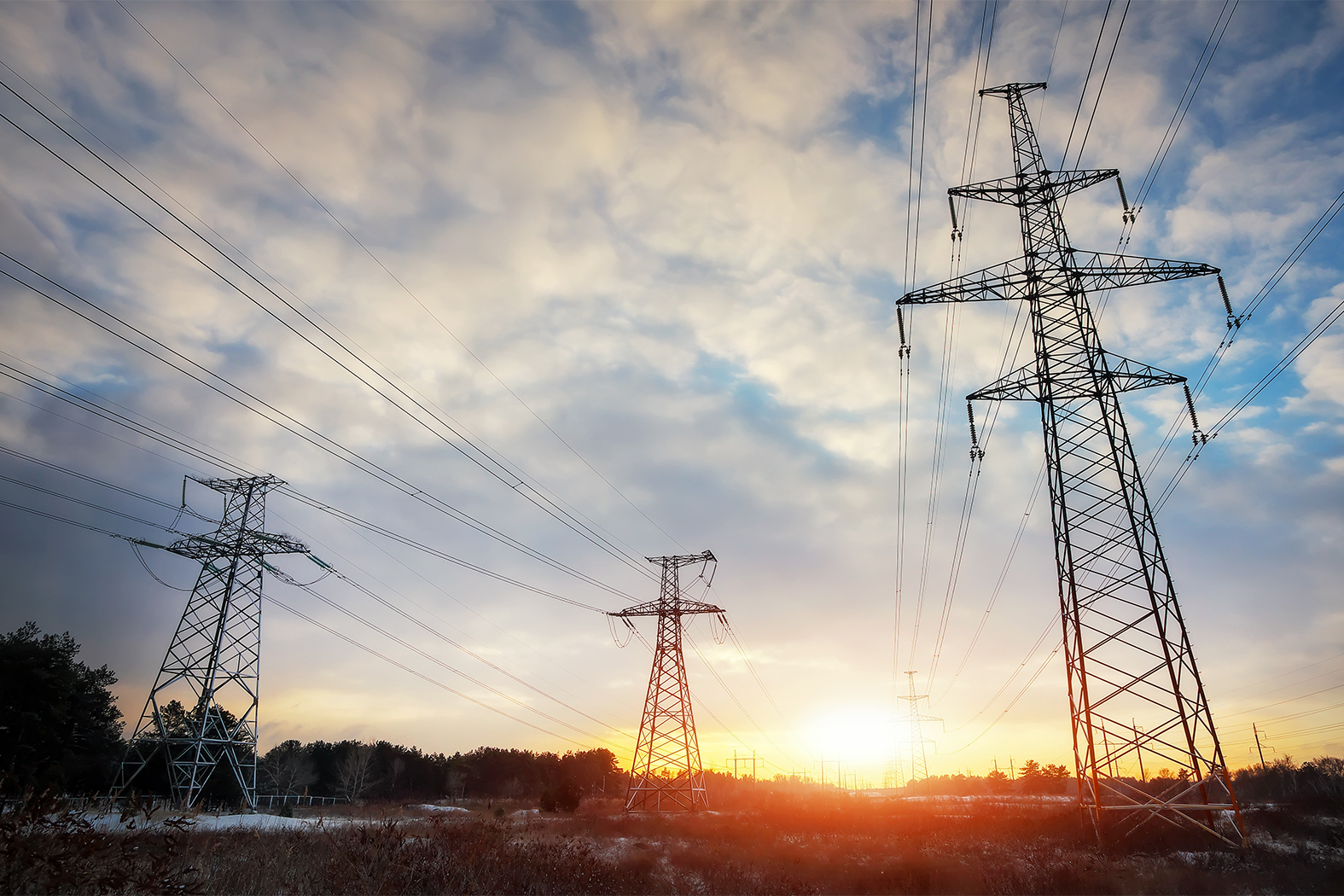
Our businesses
Transportation
Discover the field of energy transportation
Introduction
Like the electrical substations, the transmission network is managed by the company RTE and its service providers. The purpose of this network is to transport energy to consumers (individuals, professionals, large-scale retail outlets, etc.) from the production and transformation centers.
For all your needs you can call on our RTE specialist.
Presentation
National network
The electricity network is organized a bit like a road network. There are: the transport network (highways and national roads), the distribution network (departmental roads). And to go from one to the other: the transformation stations (interchanges).
Since the electricity produced by the power plants cannot be stored, production must be easily and efficiently adjusted in real time. This is why dispatch centers schedule production according to theoretical forecasts and make constant adjustments.
On a national scale, electricity is transmitted from the transformer stations to the major consumption areas and border countries (Italy, Belgium, Spain, Switzerland, Germany) via High Voltage (HV) and Extra High Voltage (EHV) lines. The EHV lines of this large transmission network can carry 400kV.
The Very High Voltage at 400kV allows to limit the energy losses on long distances. For local transport, transformers are spread over the territory to lower the voltage to levels ranging from 63 to 225 kV.
Regional network
On the local scale, the energy is redistributed from the distribution network to the cities, to the companies that consume a lot of energy (SNCF, RATP...) or to the industries. This network is also made up of HV and EHV lines, the latter carrying 225kV.
Put together, this represents 105,000 km of HV and VHV lines. In addition to the 46 cross-border lines, all of which are maintained by RTE.
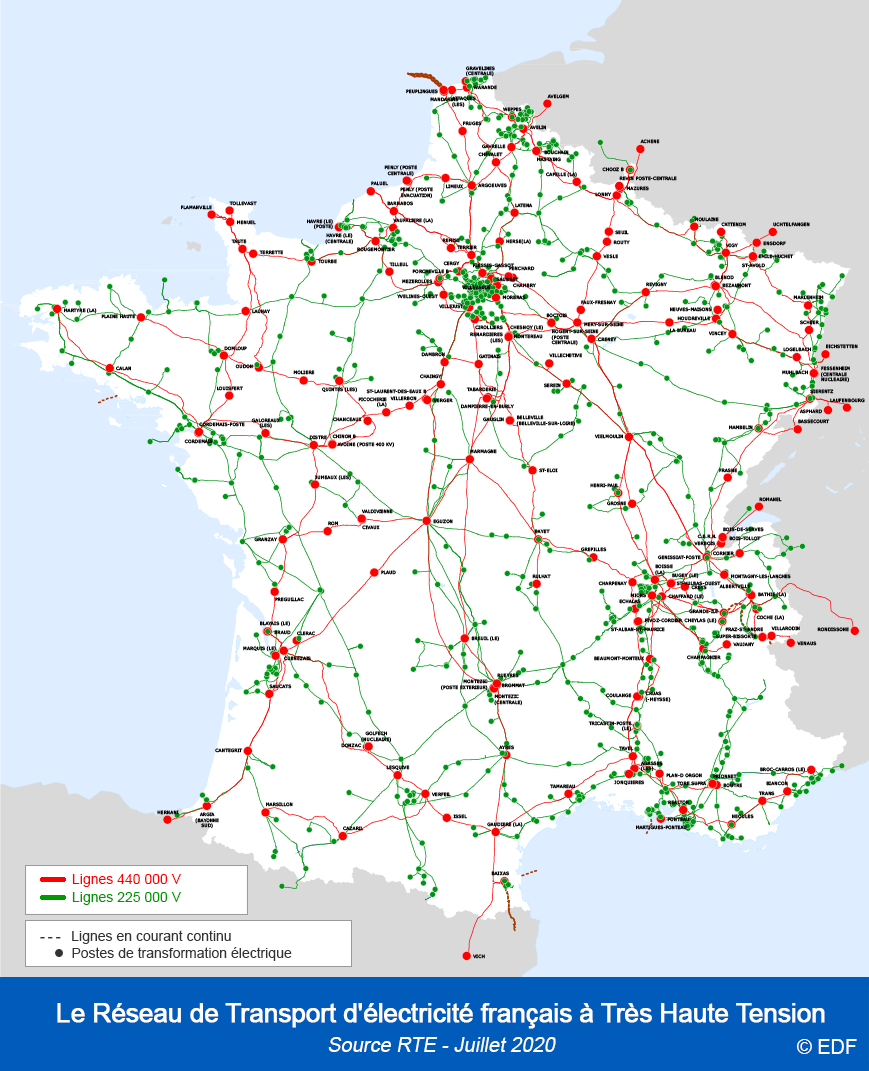
Sources: EDF.
Transportation infrastructure
The transportation lines
HV lines are generally composed of 3 cables aligned horizontally. A guard cable is usually installed above the transmission line to provide lightning protection.
If you see a power line with 6 wires, it is actually 2 separate lines.
The different lines
The overhead power lines must accommodate environmental (forests, natural parks, lakes ...) and human (cities, fields ...)
The installation of underground lines allows them to be protected from the climate and to meet certain environmental requirements. In 2019 the underground lines covered 6,415 km, compared to 99,527 km of overhead lines.
Sources: EDF.
MALTEP range

Winged earth clamps

Double winged earth clamps

Earth clamps

Double earth clamps

Tubular compression cable lugs for substations
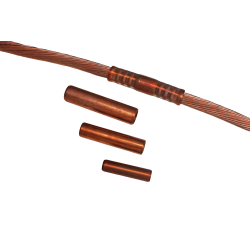
Copper compression sleeves - substations

Assembled brass cable holders
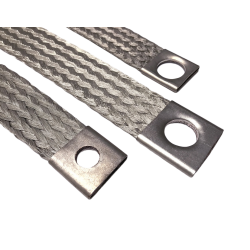
Flexible earth braids

C crimp tinned copper connectors

Bimetallic washers

Bimetallic plates





